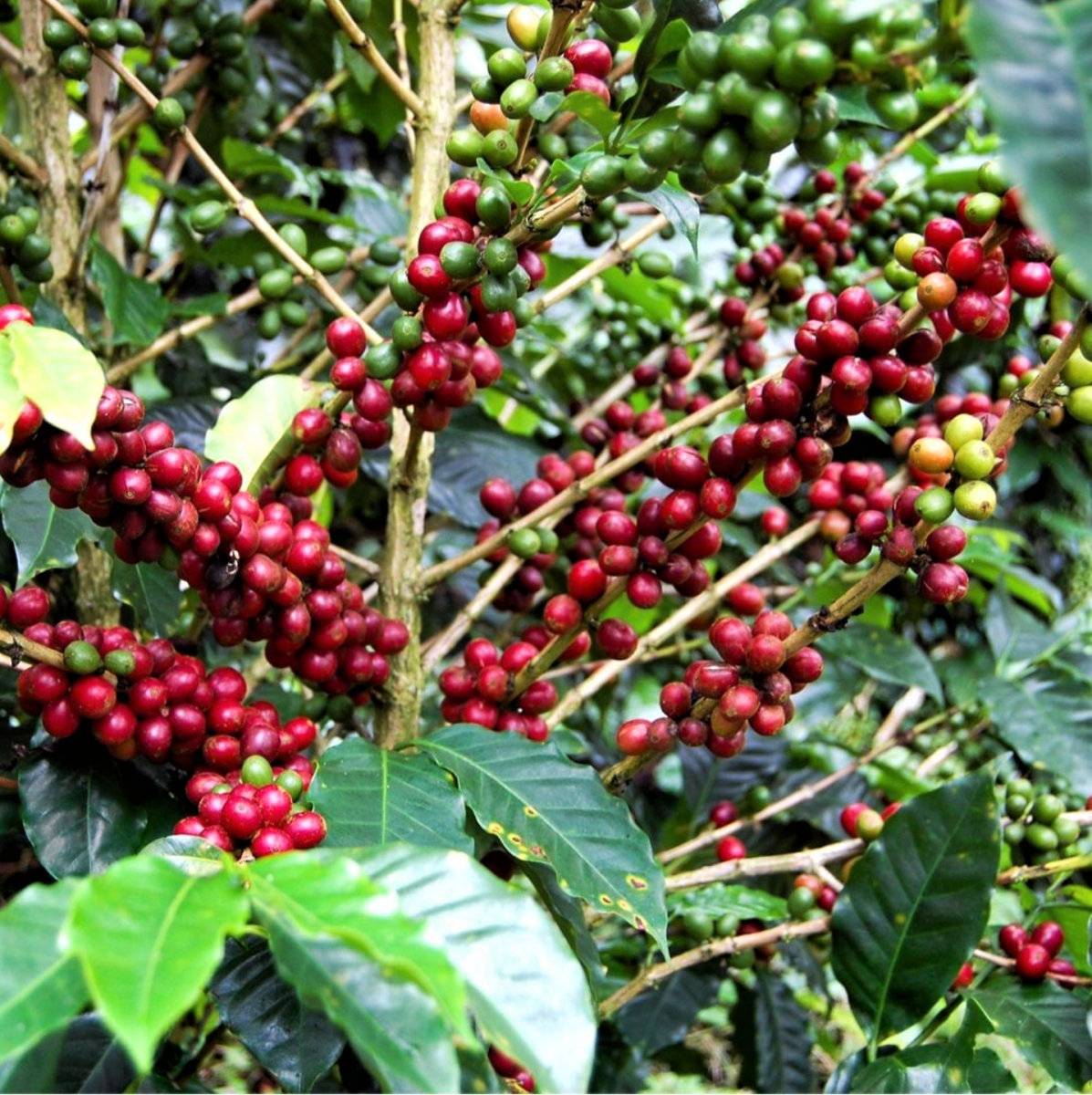BRASILIA-Since the beginning of September, the Arabica coffee-growing regions of Brazil have received more than 160mm of rain, bringing the rainfall total for the country’s upcoming on-year crop close to totals seen during the same period in 2018, Brazil’s third highest production year.
Brazil is the largest producer and exporter of Arabica coffee in the world, and its production tends to increase during an on-year of the biennial crop cycle.
According to Gro Climate Risk Navigator, this strong start to the rainy season has increased soil moisture levels in coffee-growing regions of Minas Gerais and Sao Paulo, Brazil’s leading coffee-producing states, from their lowest level in 12 years to the middle of their normal historical range.
Since September 1, benchmark coffee prices have decreased 6 percent to US$ 2.17 per pound due to these advancements. A forecast for a third consecutive La Nia, however, could dampen the optimism surrounding Brazil’s harvest.
La Nia, which typically brings below-average rainfall totals to Brazil’s coffee-growing regions, has a 91 percent chance of sticking around until November and a 54 percent chance of sticking around from January to March.
During the last two growing seasons, both La Nia years, Brazil’s coffee production has been significantly hampered by difficult growing conditions.
In 2021, record drought and late-season frosts had a negative impact on supplies for the 2022/23 marketing year, which is coming to a close with exports 14.9 percent lower than the previous year.
And in September and October of last year, a good start to Brazil’s rainy season gave way to extremely dry conditions by mid-December, so the 2023/24 marketing year will begin with minimal carryover stocks.
While coffee producers in coffee-growing regions are guaranteed a minimum price, exporters and importers must either absorb higher costs or pass them down the supply chain. This year, many roasters have already increased their retail prices in response to rising coffee costs.
The U.S. Bureau of Labor Statistics reports that the average retail price of ground coffee reached a high of US$ 6.34/lb in August, up 31.9 percent from a year earlier.
As the growing season progresses, Gro users can use the Climate Risk Navigator for Agriculture to track growing conditions and determine if La Nia will bring back dry conditions to Brazil’s primary coffee-growing regions.
https://thecooperator.news/coffee-production-how-brazil-achieves-record-volumes-with-record-quality/
Buy your copy of thecooperator magazine from one of our country-wide vending points or an e-copy on emag.thecooperator.news
